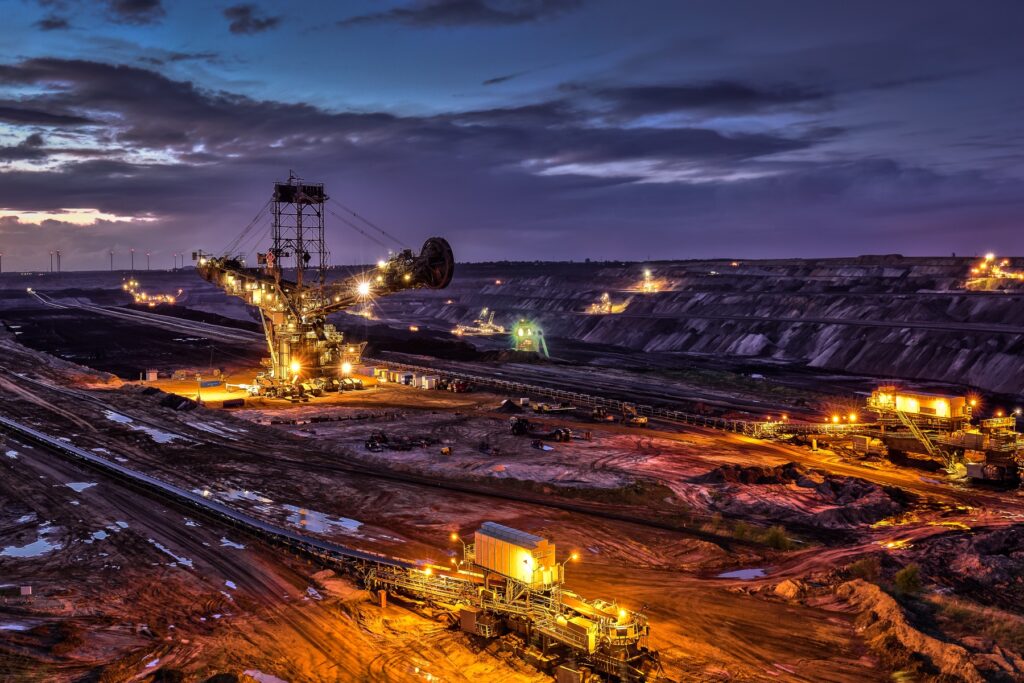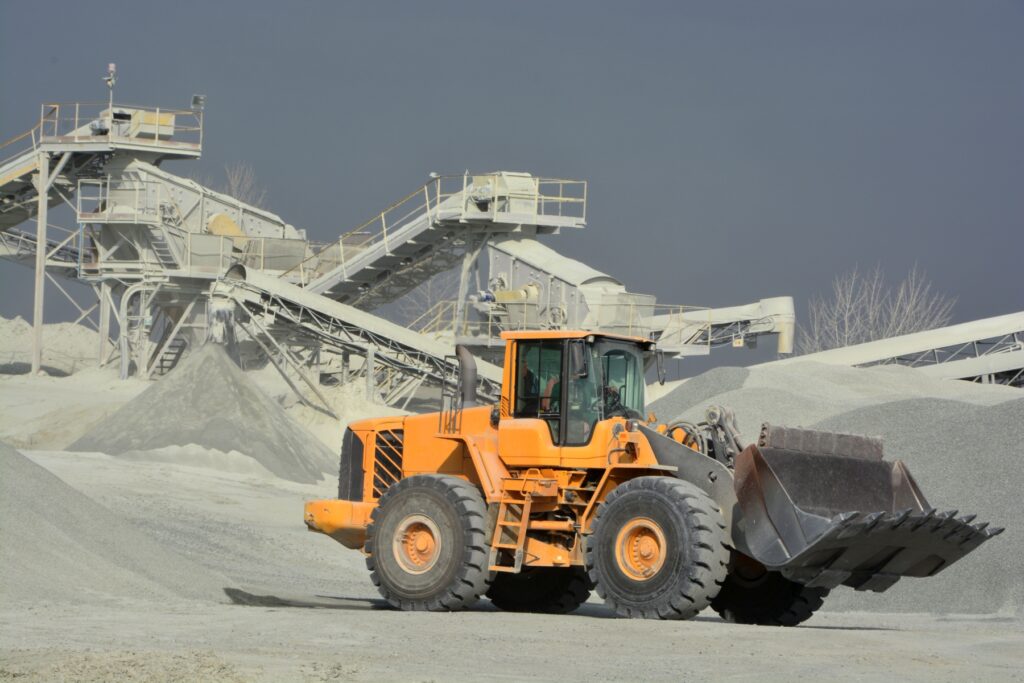Automation is becoming more prevalent in mining operations and, with it, the need for reliable connectivity.
The mining sector is going through a digital transformation and a wide range of new applications are requiring communications, each with different requirements of throughput, latency, and reliability. Connectivity is vital both underground and in the most remote locations. Communication networks can bring safety and operations to new level while also offering cost-effective and safe solutions for such a harsh environment.

- Adequate and cost-efficient wireless technology
- Appropriate application for fiber and cable
- Distributed-Antenna-System (DAS)
- Locations for leaky cable usage
- Video monitoring system
- Environmental sensors network
- Backhaul connectivity (microwave links and satellite)
There are multiple technologies and types of networks that can meet the needs of the mining industry, the ideal choice depends on which applications are involved, budget, and terrain/environment. CelPlan can help your team understand each technology, select the ones that make the most sense and guide your company through the process of designing, selecting a vendor, and deploying a network. CelPlan is committed to offering our customers a complete solution, helping with every step of the process, from the most basic to the most complex tasks, including:
CelPlan can assess your organization’s needs, such as connectivity, security, and technical infrastructure. A feasible plan can be developed to include solutions to connect your assets and team members providing the best compromise between cost, time and system life cycle.
- Personnel training (maintenance and operation)
- Personal Protective Equipment (PPE) analytics
- Video surveillance
- Virtual perimeter fence & video analytics
- Alternate power sources analysis
- Cybersecurity considerations
- Asset management

CelPlan can assess your organization’s needs, such as connectivity, security, and technical infrastructure. A feasible plan can be developed to include solutions to connect your assets and team members providing the best compromise between cost, time and system life cycle.
Sensors networks can provide relevant information about mining operation, but the data needs to be stored, processed and used by data lake and AI applications to be meaningful. How to deal with these variables is part of our job. CelPlan can analyze what works better for storage and processing, for example cloud and/or local datacenters. CelPlan has worked on the design of radio and hybrid networks for mines that provided communication support for:

- Open-pit mining
- Train Loader (TLO) & conveyor belts
- Underground tunnels and galleries mining
- Shaft mining
- Remote controlled machinery
- Workers’ camps & workforce communication
- Administrative office
- Maintenance and storage yards
- Ventilation and other support systems
- Collection, storage and processing of real-time sensor data
- Production measurement, logging, and control
- Asset tracking
CelPlan understands that the mining industry has unique logistic, geographic, environmental, and technical challenges.
Mines can have both above- and underground coverage needs. Network coverage in tunnels, shafts, and galleries has to be addressed differently than coverage in deep-pit areas. Train loaders have structural and machinery obstructions that have to be accounted for when analyzing signal propagation.
The type of minerals and metals in the walls of the mine affects wireless propagation differently and should be considered when designing a network. CelPlan uses state-of-the-art propagation modeling tools operated by experienced RF engineers to simulate coverage and identify gaps and potential issues that could cause problems in a mission-critical network that needs to be reliable.
Choosing the right technology for a network is fundamental and CelPlan’s experience and vendor-agnostic approach allow us to help you choose the most appropriate solution to meet your needs.
